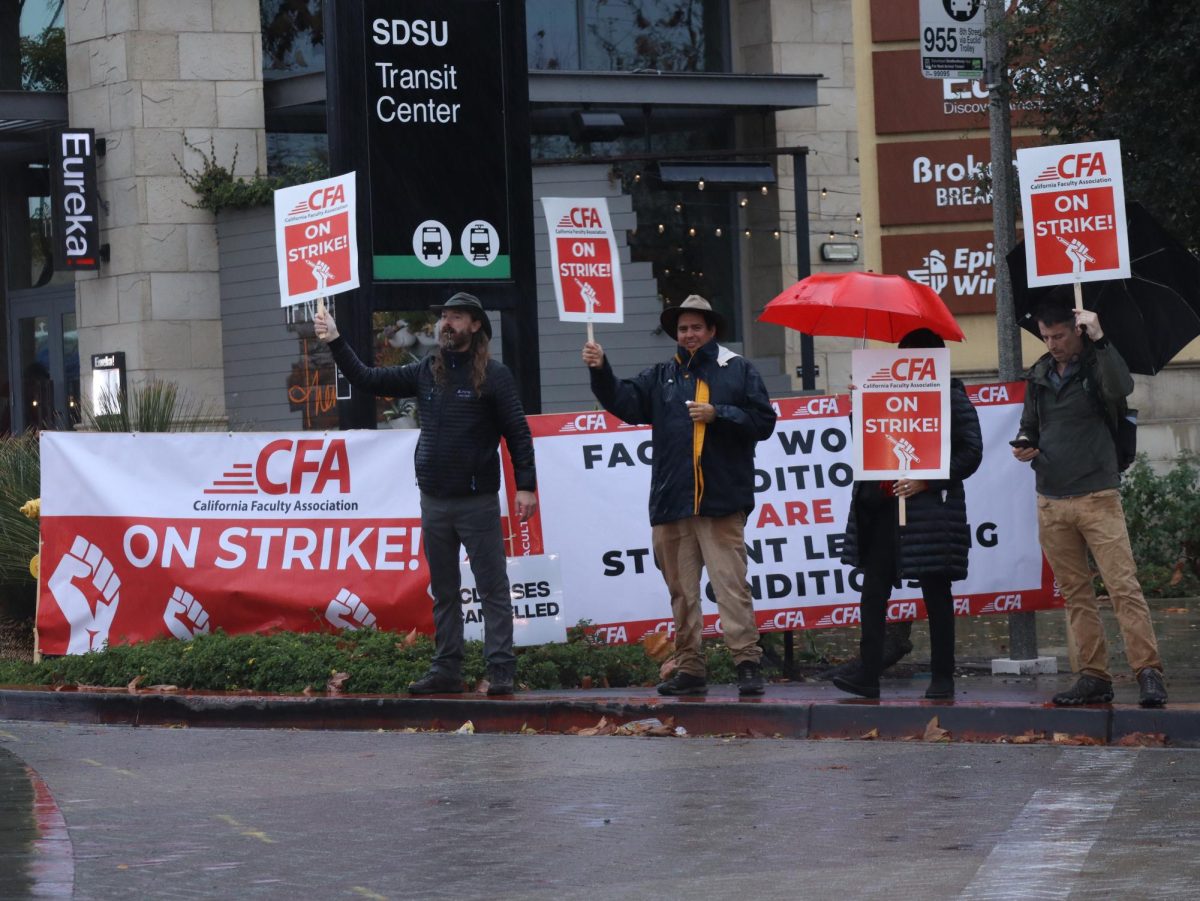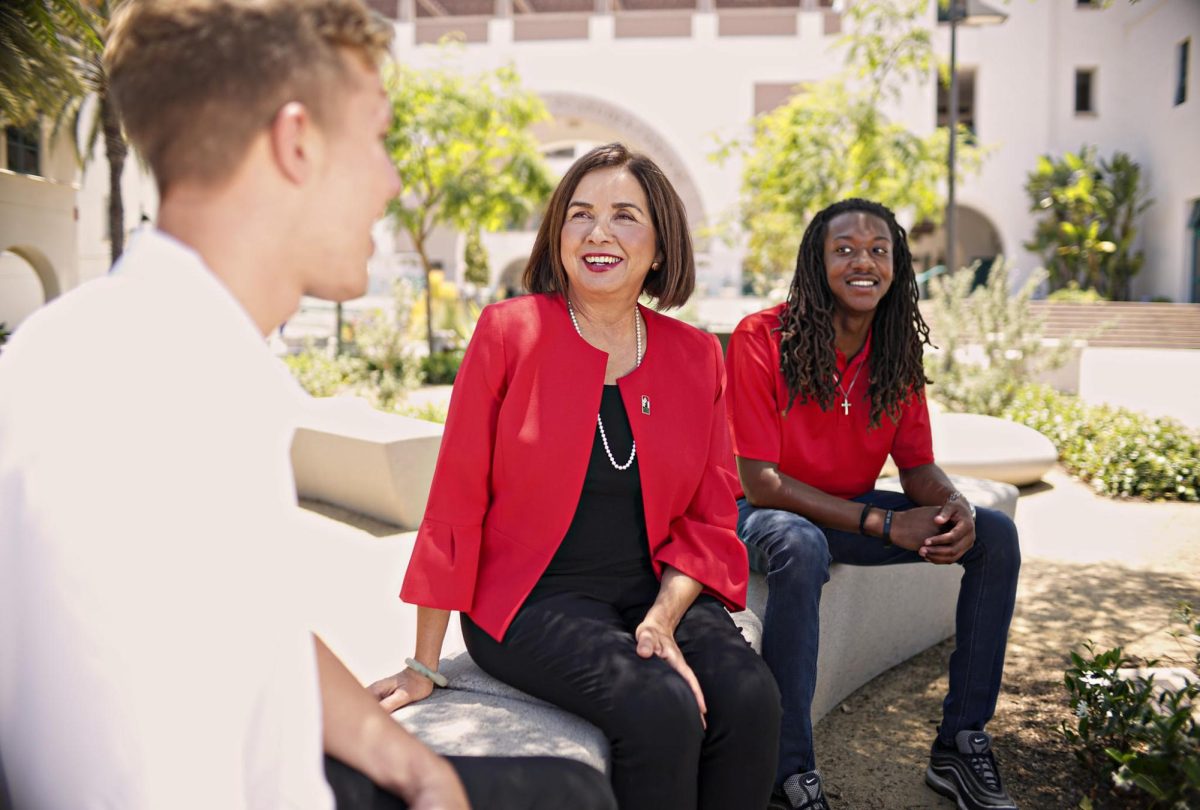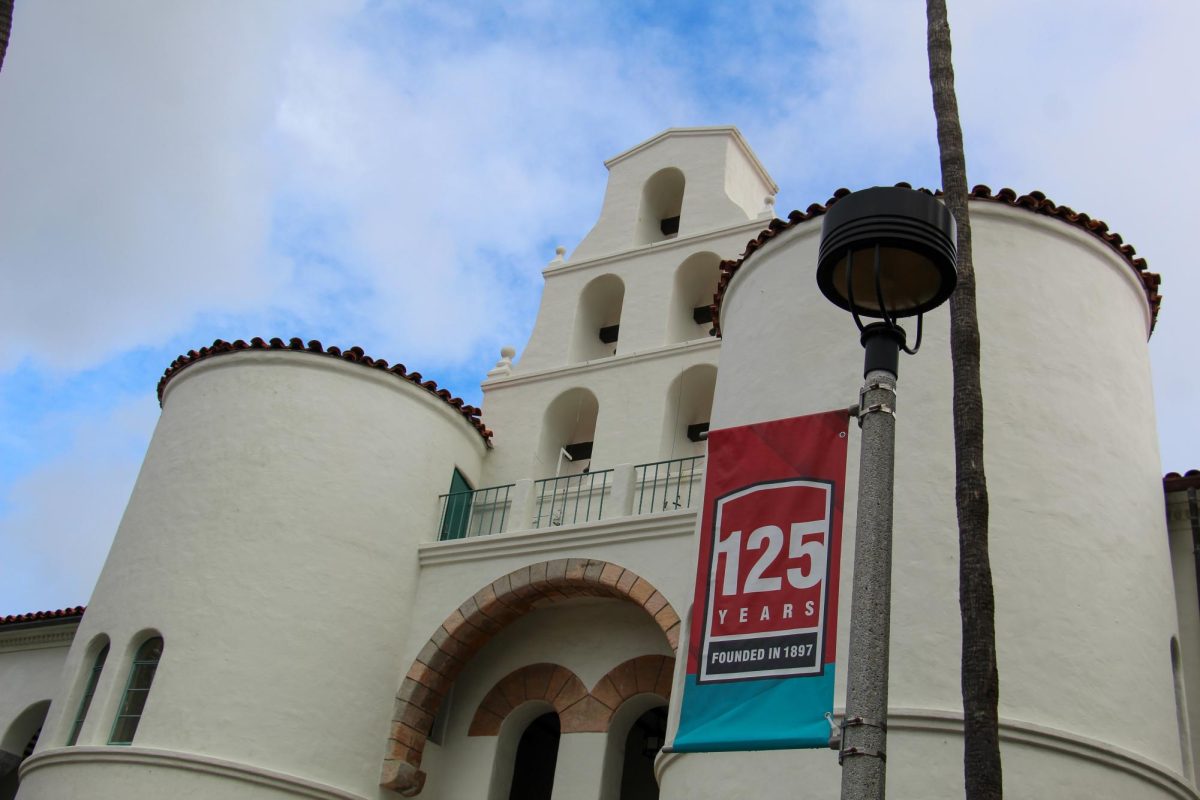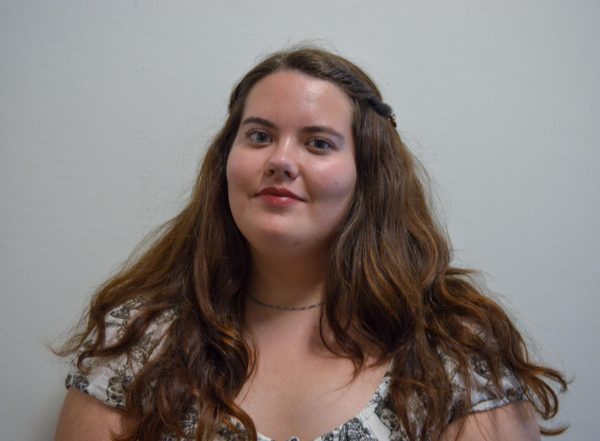After months of discussion and a one-day strike, the California Faculty Association (CFA) announced that the union’s tentative agreement with California State University had passed with a 76% “yes” vote on Feb. 19.
Voting for the tentative agreement between CFA and the CSU began on Feb 12. and concluded on Feb. 18 at 5 p.m.
The agreement will provide two general salary raises for all faculty: one 5% raise retroactive to July 1 and another 5% contingent upon the CSU’s 2024-2025 budget.
Additionally, it will raise the salary floor for lower-paid faculty: a 21.6% increase for those earning $54,360 to $66,082, and a 15.1% increase for those with a salary of $64,860 to $74,658. Other items include increasing parental leave from six to 10 weeks, moving the student-to-counselor ratio to 1,500-to-1 and addressing racial, social and gender inequalities.
“Ultimately, the agreement as it stands is definitely beneficial. I don’t think that any of the lectures are like, ‘No, this doesn’t benefit us in any way.’ But it’s not what we asked for, right?” Tawny Whaley, a San Diego State lecturer, said.
Whaley, who voted “no,” is currently teaching across five campuses to make ends meet.
The CFA initially argued for a 12% salary increase: a number determined by third-party factfinders to stay ahead of rising inflation. In a statement from the CSU, they note this as “financially unrealistic,” as it exceeds the state budget increase received by the CSU last year, which was $227 million.
While CSU management said they cannot afford the proposal — and even the 5% raise will create economic pain on campuses — independent factfinder Howard Bunsis, professor of accounting from Eastern Michigan University, says otherwise.
“The CSU system is in very strong financial condition,” Bunsis said in a financial analysis. “The CSU system has significant reserves, but these reserves will not have to be accessed in order to meet the CFA request; the request can be satisfied by existing annual surpluses.”
According to the FactFinder report, CSU failed to disclose $1.5 billion in surpluses and has increased cash investments from $5.1 billion to $8.6 billion in the last five years.
The second 5% increase — set for all faculty on July 1 — depends entirely on the state not reducing CSU’s base funding. Concerns among faculty stem from a past denied raise in 2008.
“We’ve taken that deal in the past and been burned on it,” said Jocelyn Killmer, an SDSU lecturer for anthropology and Asian studies. “So we’ve been promised raises in the past that we haven’t gotten and so I think that faculty are feeling really disillusioned about that.”
Savanna Schuermann, a CFA representative and San Diego lecturer, shared gratitude for the passed agreement, emphasizing its potential to uplift lower-paid, exploited workers, and overall, faculty members.
While Schuermann voted in favor of the agreement, she expressed worry over the second salary raise and its legal language.
“As someone that has been working tirelessly on faculty’s behalf to bargain for this (agreement) for nine months now… it was immediately clear to me that this contingency language was distinct from the past contingency language,” Schuermann said.
Some CFA members, like SDSU political science professor Jonathan Graubart, expressed dissatisfaction with the handling of the tentative agreement referendum process, sparking distrust toward union leadership.
“It was very deflating because a number of us were out picketing during that huge storm,” Graubart said. “We had done that because we were with the leadership, and we thought this time they would be serious about not backing down. And so when they decided on day one that they had enough, that added insult to injury.”
Graubart is a leader of the Rank-and-File Committee of Academic Workers at SDSU, a committee formed amidst the tentative agreement referendum. Graubart said the committee aims to hold union leaders accountable and encourage unity among rank-and-file union members.
“The CFA had to choose between sending a really strong, clear message… (like) ‘Here is what we think is best and you have appointed us as your leader,’ versus people who want the whole thing to be more democratic,” Killmer said. “But I suspect with a lot of pressure from people like Jonathan Graubart, the union might change. …I don’t know how much it could actually change, but I hope that these two parties can come together.”
In a press release, Sharon Elise of CSU San Marcos — CFA Associate Vice President of Racial & Social Justice, South — acknowledged faculty doubts regarding leadership.
“We know that some members had strong concerns about the process and questions about the result,” Elise said. “We will only be successful if we’re working together to continue building a CSU that empowers students and provides work environments that support faculty and staff.”
CFA leadership and the CSU Board of Trustees will meet in March to ratify the agreement.
“The California State University is pleased with the results of the California Faculty Association’s ratification vote,” the CSU said in a statement. “We look forward to the CSU Board of Trustees Committee on Collective Bargaining ratification of the agreement in March and to continue working in partnership with the CFA and its members to carry out our mission in service to our students and the university.”
This story is ongoing.














